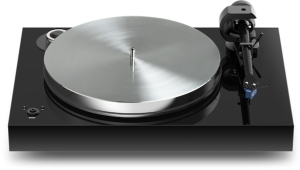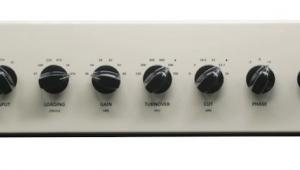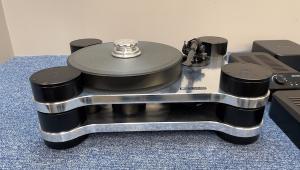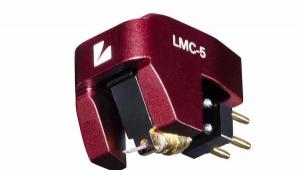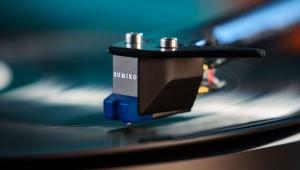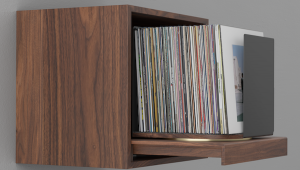Grado Labs Prestige Red3 Cartridge

Continuing with our mission this week to help audiophile newbies join us here in the analog-centric listening family without breaking the bank, we now turn our attention to looking at cartridge-upgrade options — and who better to do that with than Grado Labs?
For those who may not know (and, yes, I do know the AP faithful are well aware of the following company background info, but remember that we’re in education mode here today, so feel free to share and share alike with the newbies in your own listening circles), Grado Labs has been making products since 1953, having been founded by Joseph Grado in Brooklyn, New York. Grado both invented the moving coil (MC) stereo phono cartridge and innovated in creating high-end dynamic headphones. Headphones, cartridges, and related accessories continue to be the primary product category focuses for the Brooklyn-based company to this day.
And now, let’s look at one of Grado’s more affordable cartridge options, the Prestige Red3. This cart, which currently shares space in the Prestige line with the Gold3 and the Green3, uses a four-piece OTL cantilever that has a Grado-specific diamond mounted on a brass bushing.
According to Grado, their OTL (optimized transmission line) technology is said to “provide an ideal transfer of signal from the surface of the LP to the generator of the system.” This tech, Grado continues, “rejects unwanted resonances and lowers distortion, preserving the fundamental and harmonic frequencies of the music. This also helps keep noise generated by the motor system in the cartridge to a minimum.”
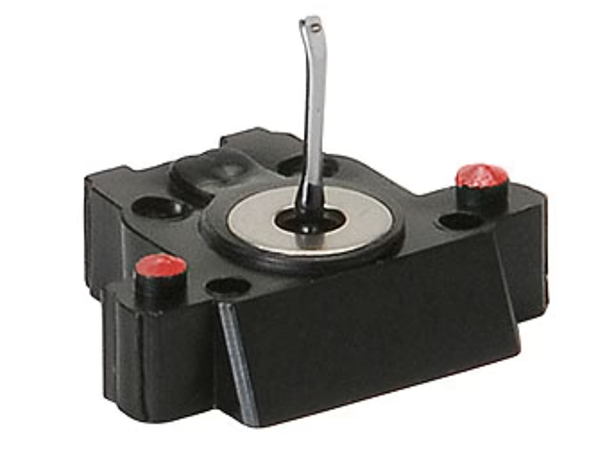
Red3 cartridges are hand-assembled by Grado in Brooklyn, and they add that some of their builders have well over 25 years of experience. Their coil-winding techniques use ultra-high-purity copper wire, something that was honed during the development of the company’s Lineage series. This is said to enable the electrical circuits to “achieve unison” between the four coils in each cartridge, allowing for a “precise balance between channels and accurate stereo imaging.”
The Red3 cartridge is powered by a twin magnet system that “optimizes” the balance between stereo channels. Grado points out that their patented Flux-Bridger design “allows the Red2 to have one of the lowest effective moving mass generating systems while creating an excellent balance throughout the full frequency range.”
Finally, the Grado Labs Prestige Red 3 cartridge has a quite affordable SRP of $199.
For more about Grado Labs, go here.
To find an authorized Grado Labs dealer, go here.
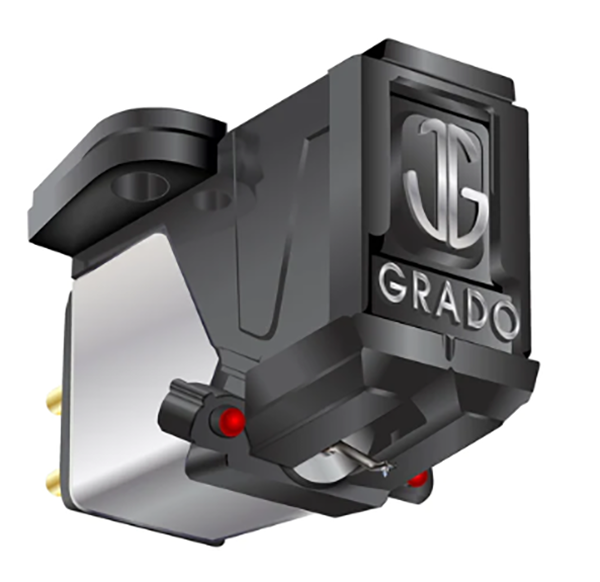
GRADO LABS PRESTIGE RED3 CARTRIDGE
($199)
Specs & Features
Frequency response: 10-55,000Hz
Channel separation (at 1KHz): 30
Input load: 47K
Output (at 1KHz 5CM/sec): 5mV
Recommended tracking force: 1.5
Inductance: 45mH
Resistance: 475
Compliance CUs: 20
Weight: 5.5g



